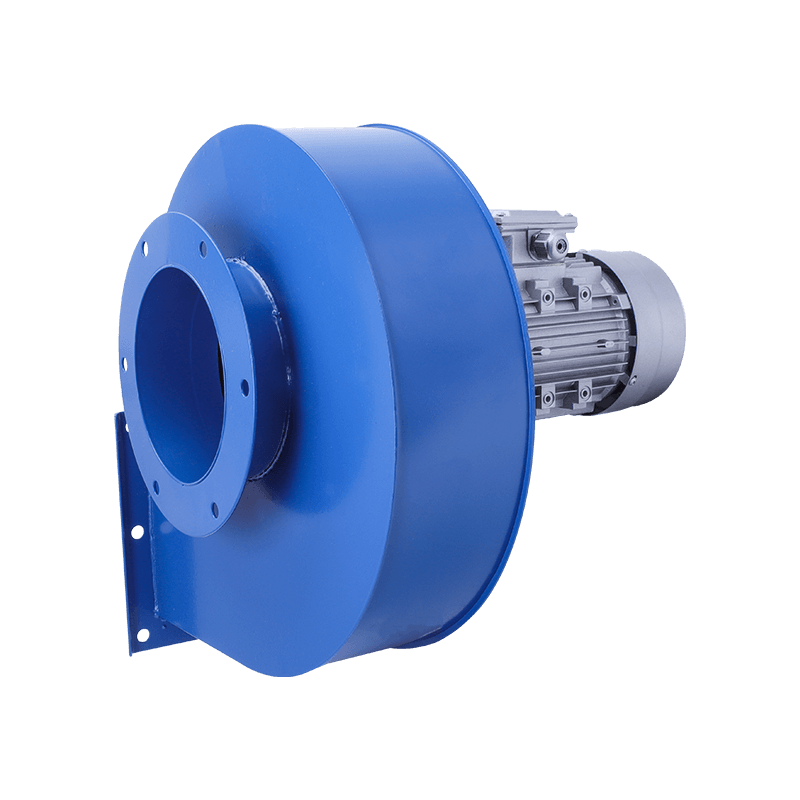An exhaust fan is a mechanical ventilation device designed to remove stale air, odors, moisture, and pollutants from an enclosed space. It operates by creating negative air pressure, pulling in fresh air from outside while expelling indoor air. Exhaust fans are typically installed in areas prone to high humidity, airborne contaminants, or inadequate natural ventilation, such as bathrooms, kitchens, factories, warehouses, and commercial buildings.
1.Air Exchange:
Exhaust fans facilitate air exchange by drawing in fresh outdoor air and expelling indoor air. This process helps remove stagnant air, odors, and pollutants, improving indoor air quality and creating a more comfortable environment. By continuously exchanging air, exhaust fans mitigate the buildup of harmful gases, volatile organic compounds (VOCs), and excess moisture, which can lead to health issues and structural damage.
2.Moisture Control: In areas with high humidity, such as bathrooms and kitchens, exhaust fans effectively remove moisture-laden air. Excessive moisture accumulation can lead to mold growth, mildew, and damage to walls, ceilings, and fixtures. By expelling humid air, exhaust fans help prevent these issues, promoting a healthier and more hygienic environment.
3.Odor Elimination: Exhaust fans play a crucial role in eliminating unpleasant odors from various spaces. In kitchens, they remove cooking odors and smoke, while in bathrooms, they extract odors from toilets, showers, and other sources. This enhances the overall comfort and freshness of the space.
4.Heat Dissipation: In industrial settings, exhaust fans are often used for heat dissipation. They extract hot air generated by machinery, equipment, or processes, preventing the buildup of excessive heat. This helps maintain a stable and comfortable working environment, ensuring optimal performance of machinery and improving worker safety.
5.Indoor Air Quality Compliance: In commercial buildings, exhaust fans are utilized to meet indoor air quality standards and regulations. Proper ventilation is essential in spaces with a high occupancy rate, such as offices, schools, hospitals, and shopping centers. Exhaust fans help ensure the circulation of fresh air and the removal of contaminants, creating a healthier and more productive indoor environment.
Considerations when choosing exhaust fans:
1.Airflow Capacity: Select an exhaust fan with an appropriate airflow capacity for the intended space. Factors such as room size, ventilation requirements, and the presence of specific pollutants or odors should be considered to determine the ideal fan size and power.
2.Noise Level: Consider the noise level of the exhaust fan, particularly in residential or noise-sensitive environments. Look for fans with low noise ratings to maintain a peaceful and comfortable atmosphere.
3.Energy Efficiency: Opt for energy-efficient exhaust fans that can operate continuously without consuming excessive electricity. Look for fans with energy-saving features such as low-power motors, automatic shut-off timers, or variable speed controls.

Features: High Temperature Resistance, High Efficiency, Large Air Volume, Low Vibration, Low Noise, Beautiful Shape, Centrifugal Induced Draft Fan.
Material: The Motor Is Made Of Y2 Aluminum Alloy Die-Casting Material, Which Greatly Reduces The Weight And Achieves Light Weight, Convenient Installation And Novel Shape.
Application: Heating Furnace, Hot Air Furnace, CNC Boiler, Steam Boiler, Drying, Chemical, Food, Grain Machinery And Other Related Industries
